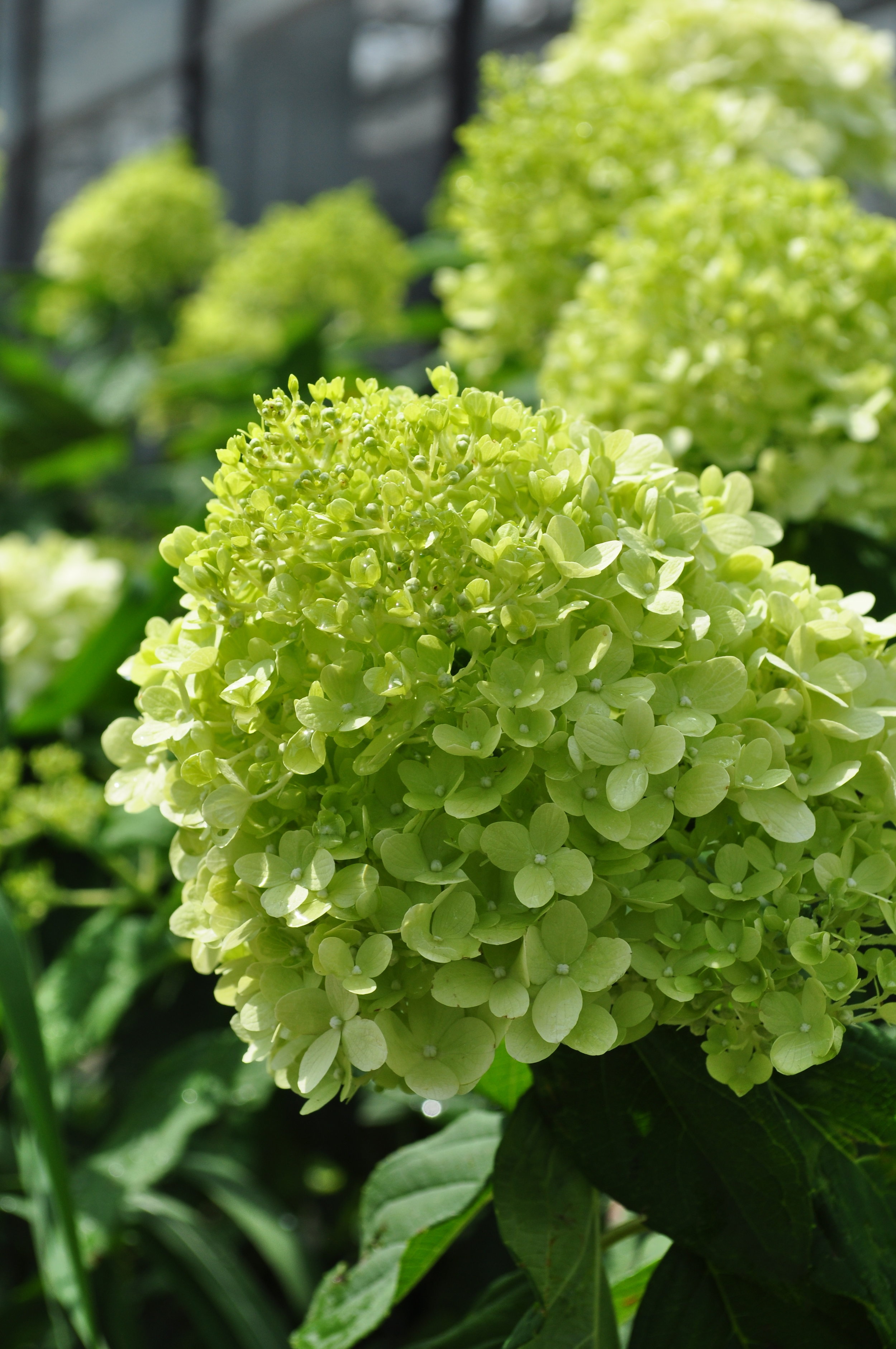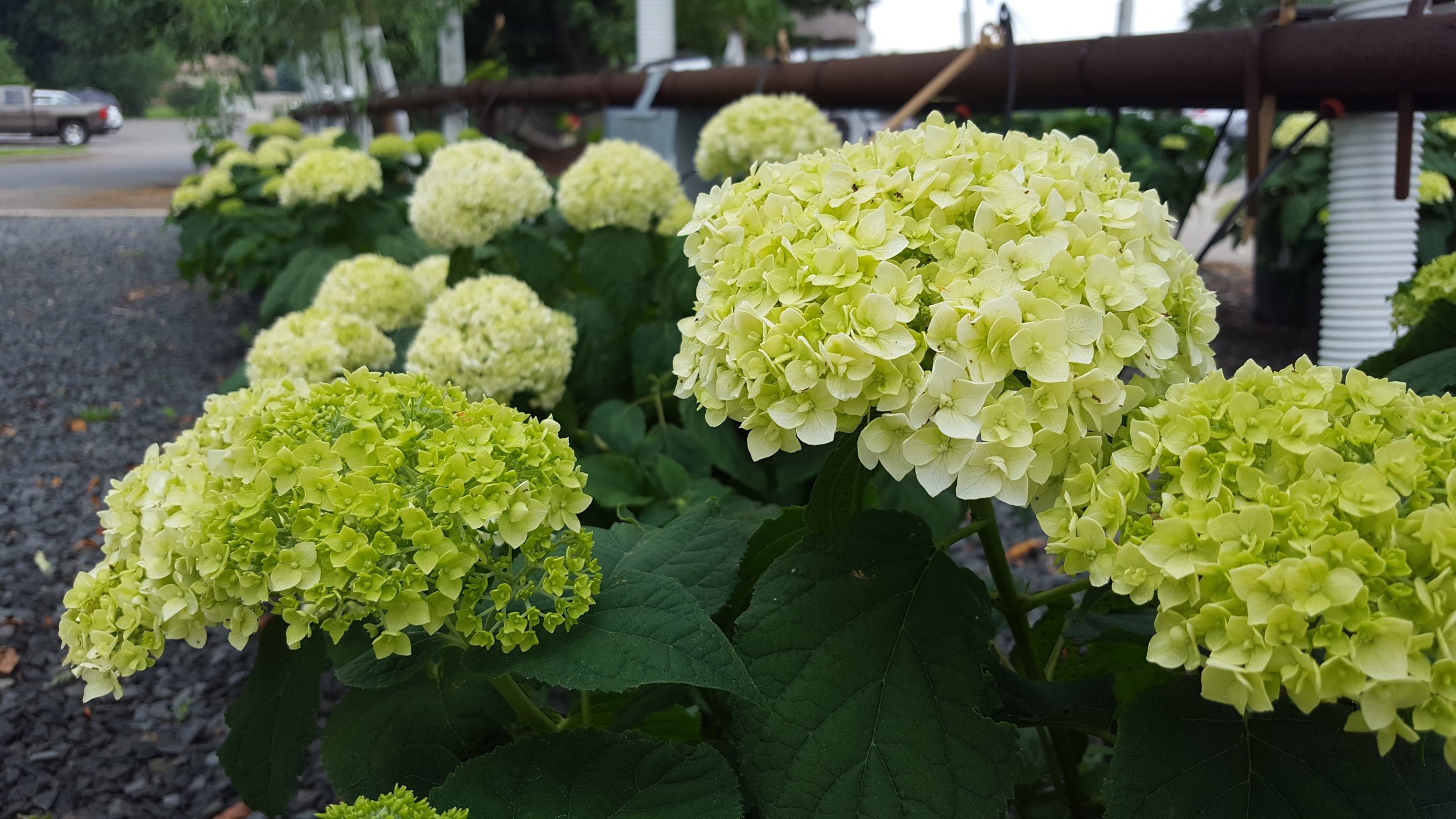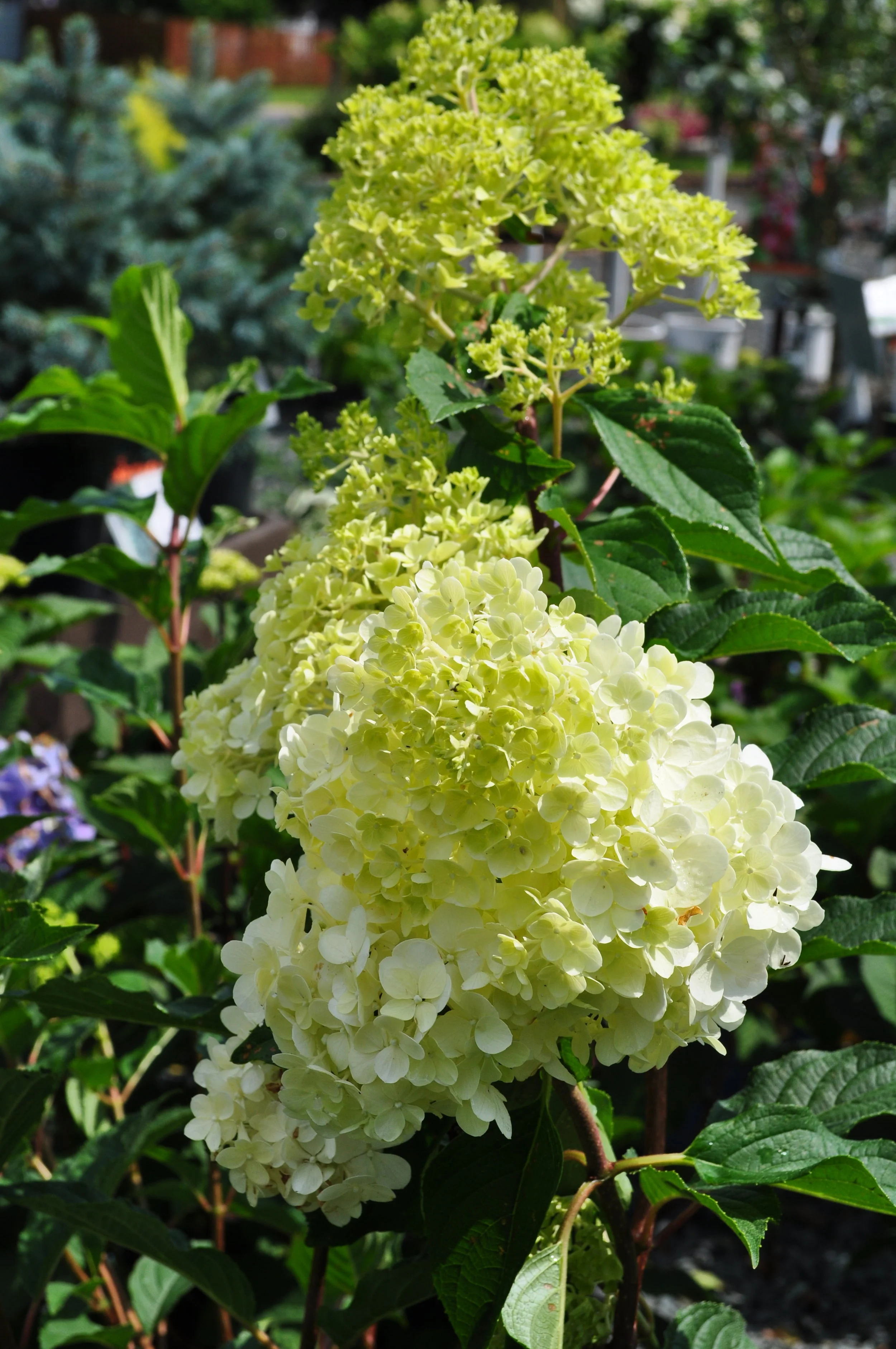Let's Talk Hydrangeas
By: Christina T.
Annabelle Hydrangea
Why aren’t my hydrangeas blooming?
When it comes to hydrangeas, we can all agree that they produce big, beautiful blooms that give off color during the summer. But what does it mean when your hydrangea is not blooming?? Well, it could be a couple things. First, have you trimmed or pruned your hydrangea back at all? Second, do you feed your hydrangea?
Fertilizing
Bone Meal - Please call for availability
For maximum blooms it is recommended to fertilize your hydrangeas starting mid-May to mid-August. This will ensure that the plant is getting the right amount of nutrients during the summer for a stronger bloom. Using a granular, slow- release fertilizer with high percentages of phosphorus will get you the greatest results. Bone Meal from Espoma is an all-natural, organic source of Nitrogen and Phosphorus ideal for developing a sturdy root system and promoting plant growth. For hydrangeas it’s the ideal supplement for blooms.
Tip: Be sure not to over fertilize. With any product you use, always read the labels for instructions on when to apply and how much to apply to your hydrangea. Over-fertilizing can result in lush green foliage with little to no blooms.
Shaping or Pruning
Do you have other shrubs, besides hydrangeas, that your not sure when to Prune? Learn the general rule for pruning back other trees and shrubs.
Limelight Hydrangea
If allowed the right amount of space to grow, hydrangeas typically don’t need to be pruned. Simply clean up your hydrangea by removing dead branches and spent blooms after it’s done blooming for the season. However, if you are in a situation where your hydrangea is overgrown and unruly, pruning may be a necessary course of action. The key thing to know before you start pruning is what type of hydrangea you have and how it grows. Hydrangeas either grow from new or old wood. New wood – blooms from new growth just that spring. Old wood – blooms from branches as least a year old.
Let’s look at the 3 main types of Hydrangeas that are hardy in Minnesota
Remember it is not necessary to prune back your hydrangea unless it is too large for an area, it’s getting unruly, or you want to shape it.
The Traditional
Arborescens – blooms come from new wood and can be pruned without the worry of losing any blooms.
Annabelle Hydrangea
Growth: The Arborescens Hydrangea are the traditional and most commonly used hydrangea variety. They are known for their big, round, white blooms and soft leafy green foliage. They bloom from new growth each spring.
When to Prune: It is recommended to prune late fall while the shrub enters dormancy or early spring. The Arborescens can be pruned for shaping or to control growth, but it is not necessary.
Tip: Be sure not to prune too early. In doing so the shrub may start to produce new grow before fall arrives. When this happens the first frost can nip new growth and cause problems for the coming spring, potentially causing the shrubs not to bloom.
Common Arborescens Hydrangeas – Annabelle and Incrediball
2. The Cone-Shaped
Paniculata – blooms come from new wood and can be pruned without the worry of about losing any blooms.
Vanilla Strawberry Hydrangea
Growth: The Paniculata Hydrangeas offer newer varieties that have been developed to take the guess work out of knowing when to prune for the customer and generally bloom on new wood. Because these Hydrangeas grow on new wood, they can be pruned without having to worry about losing any blooms for the next season.
When to Prune: It is recommended to prune late fall while the shrub enters dormancy or early spring. Paniculatas can be pruned to shape or control growth or can be cut back by 1/3 of its size. Simply prune back spent flowers, browning stalks, or dead branches to maintain the health of the shrub.
Tip: Be sure not to prune too early. In doing so the shrub may start to produce new grow before fall arrives. When this happens the first frost can nip new growth and cause problems for the coming spring, potentially causing the shrubs not to bloom.
Common Paniculata Hydrangeas: Bobo, Limelight, Quick Fire, and Little Quick Fire.
3. The New Age Color Changing
Macrophylla – blooms coming from old wood and should be pruned lightly after the shrub blooms.
Bloomstruck Hydrangea
Growth: The Macrophylla Hydrangeas are also known as the Hydrangeas that are part of the Endless Summer collection. These hydrangeas grow from old wood and can be pruned lightly after the shrub is done blooming to shape and control.
When to Prune: After about 3 years you may notice the blooms beginning to diminish. Here’s how to fix this. Prune back 1/3 of the old wood, working closer to the ground (typically the oldest stalks) each spring. This will encourage new blooms while maintaining the older growth to produce flowers.
Tip: Do not cut all the way back to the ground; in doing so you will not have new blooms for 1-2 years, depending on how long it takes for the shrub to grow back.
Common Macrophylla Hydrangeas: BloomStruck, The Original, and Twist-n-Shout






